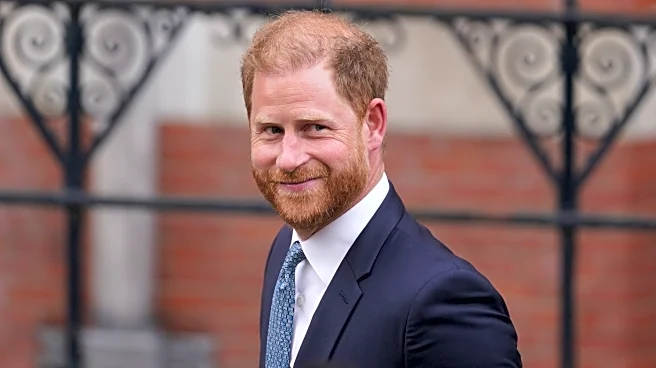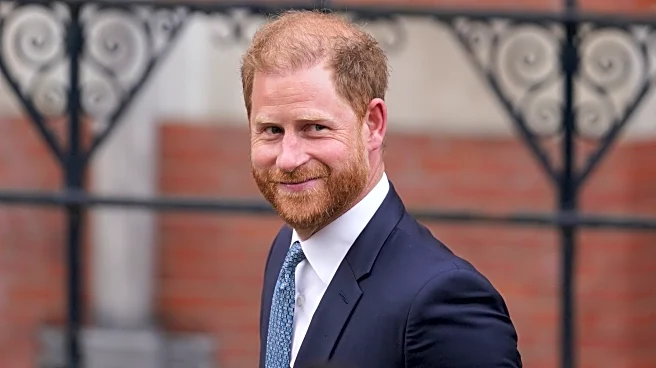What is the story about?
What's Happening?
The Metropolitan Water District has launched a new initiative offering a $7-per-square-foot rebate to businesses, schools, and public institutions in Southern California for replacing traditional lawns with sustainable landscapes. This program, effective from September 1, aims to encourage the transition from water-intensive lawns to native and drought-tolerant plants. The rebate is part of a larger effort supported by a $30-million grant from California's Department of Water Resources and $96 million from the federal Bureau of Reclamation's Lower Colorado Basin System Conservation and Efficiency Program. The initiative is designed to prepare large water users for upcoming state legislation, AB 1572, which will prohibit the use of potable water for nonfunctional lawns starting January 1, 2027. The rebate program requires participants to implement stormwater retention strategies and include water-efficient plants in their new landscapes.
Why It's Important?
This rebate program is significant as it addresses the pressing issue of water conservation in California, a state frequently affected by drought conditions. By incentivizing the removal of nonfunctional lawns, the program aims to reduce water usage among major consumers, such as businesses and public institutions. The initiative not only promotes water savings but also encourages biodiversity and environmental benefits through the use of native plants. This shift could lead to long-term changes in landscaping practices, potentially influencing other regions facing similar water scarcity issues. The program also aligns with broader environmental goals, such as improving air quality and supporting pollinators, thereby enhancing the ecological value of urban spaces.
What's Next?
As the program progresses, businesses and public institutions will need to adapt to the new regulations prohibiting potable water use for nonfunctional lawns. The Metropolitan Water District plans to expand its water-efficient landscape certification program, collaborating with organizations like the Theodore Payne Foundation to train contractors in maintaining native plant landscapes. This could lead to increased demand for landscaping services specializing in sustainable practices. Additionally, the agency's efforts to provide diverse design options may encourage more property owners to participate, potentially setting a precedent for similar initiatives in other drought-prone areas.
Beyond the Headlines
The rebate program highlights a cultural shift towards sustainable landscaping, reflecting growing awareness of environmental issues. By prioritizing native plants and biodiversity, the initiative challenges traditional aesthetic norms associated with manicured lawns. This could influence public perception and acceptance of alternative landscapes, fostering a broader movement towards ecological responsibility. Furthermore, the program's focus on stormwater retention and permeable surfaces addresses urban runoff issues, contributing to improved water management and reduced pollution in waterways.
AI Generated Content
Do you find this article useful?

















